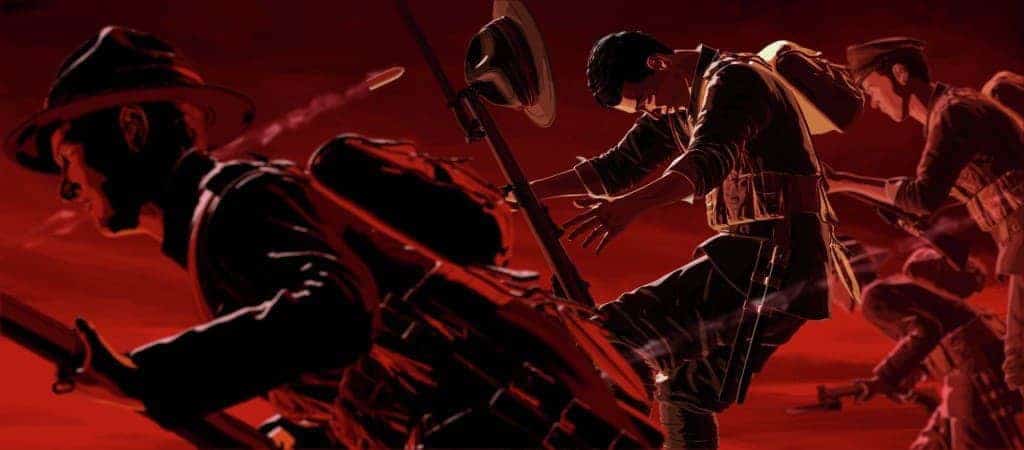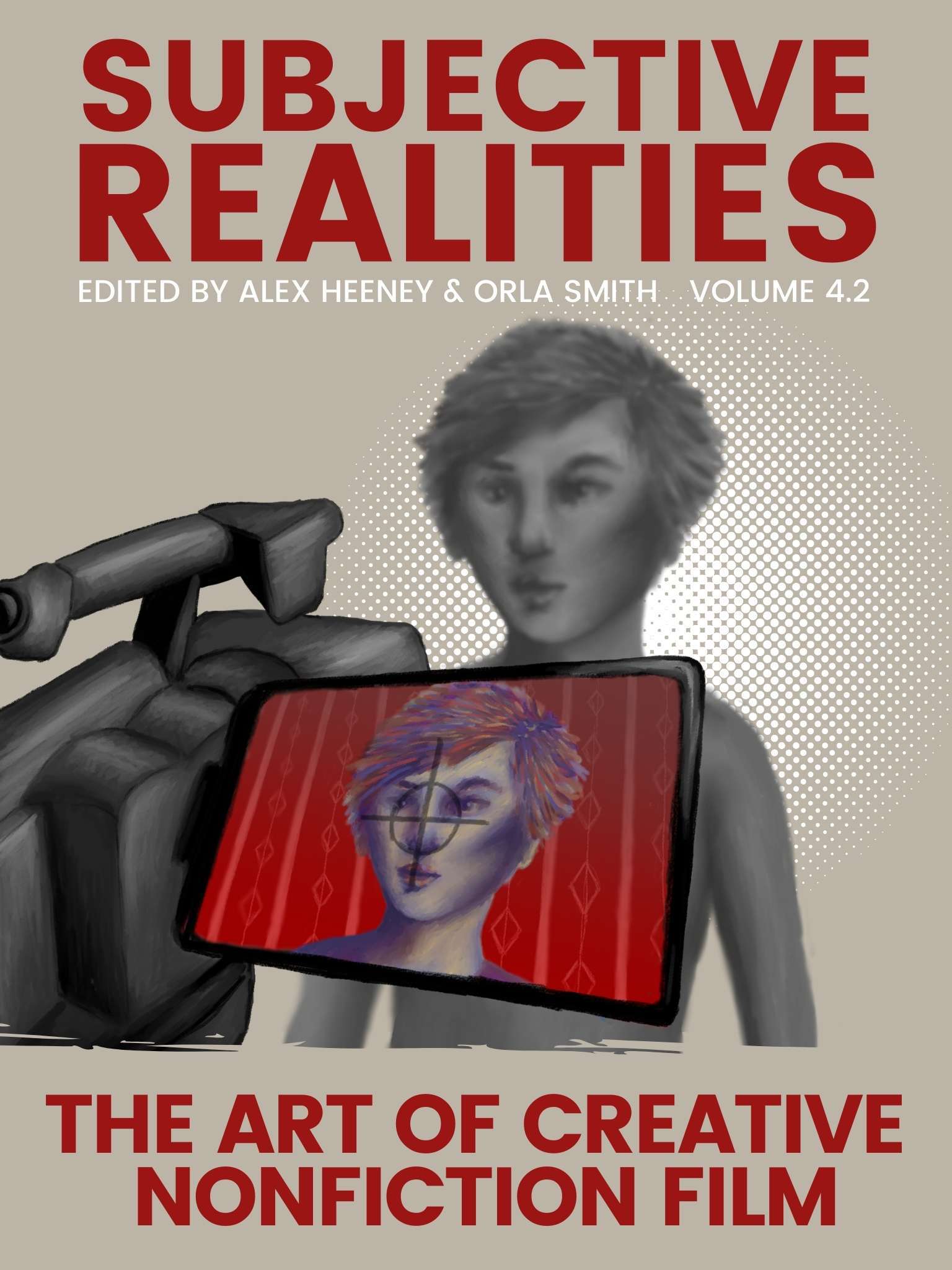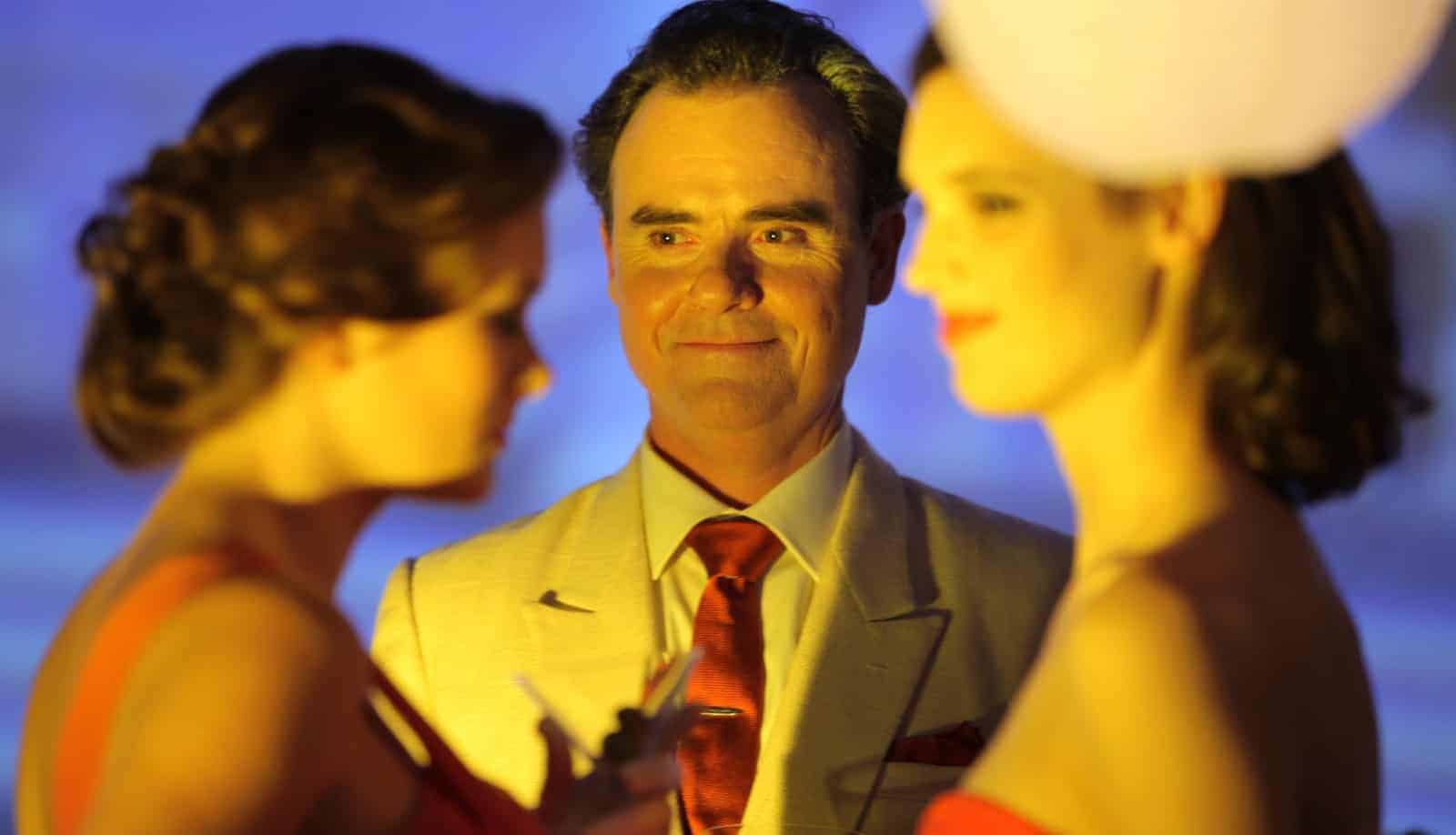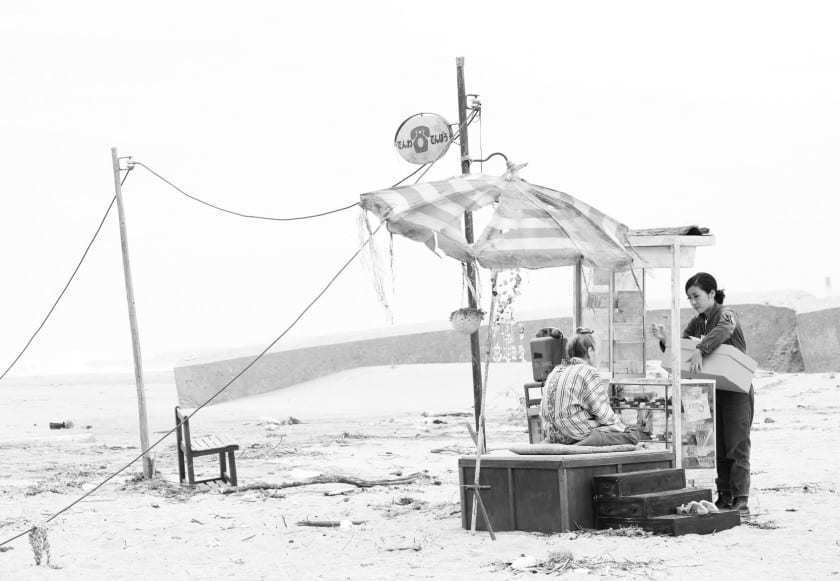
Leanne Pooley’s boundary-pushing animated documentary 25 April follows six New Zealanders’ experiences during the World War I Battle of Gallipoli in 1915. The battle was an important part of New Zealand history because of how poorly the British treated their colonial forces: underquipped, under-supported troops were deployed in Turkey for what ended up being a pointless bloodbath. Each character tells his or her story in an animated talking head interview — created using motion capture with live actors — set around 1920. The stories are then brought to life with recreated footage of the events.
When Pooley was brought onto the project, her producer had already decided to make the film using animation. After ten months of research, poring over hundreds of journals and letters from the time with her team of researchers, Pooley identified six characters with distinctive voices who could help tell the story of the events — one of whom had been at Gallipoli at the very beginning and the end of the campaign.
In their initial promotional trailer for the film to seek funding, the interviews were set in present day, because that’s how we think of war documentaries: old people recounting stories from decades past. But because this film would be animated, Pooley had a radical idea: why not set it just after the war, when the characters were still young and close to the story? It’s something that wouldn’t be possible in conventional documentary filmmaking, and it dovetailed nicely with Pooley’s goal to connect with young people in New Zealand who have been moved to commemorate this battle in recent years.
25 April had its world premiere at the Toronto International Film Festival earlier this month. I sat down with Leanne Pooley to discuss the challenges of making the film, how she decided to use actual actors with motion capture for the talking head interviews, and why making an animated documentary was a good match for the material.
Seventh Row (7R): The animation in the film is very stylized. How did that particular style come about, and what the process was to find it?
Leanne Pooley (LP): It’s a multi stage process. At the beginning, I said I wanted it to have a graphic novel feel, not like a game, which I told the animation team. Then the team comes to the table with their ideas. There’s also budgetary issues to talk about — the backgrounds are hand drawn, but the characters were computer generated. When we made the decision to go with a graphic novel aesthetic, we had Colin Wilson, who’s a really well known graphic novelist. He did all the character’s faces. He gave them a really “drawn” feel. I wanted to make them look animated, not real.
7R: What do you think a documentary film, and also animation, can do for this story that a narrative film couldn’t do?
LP: Animation is great because it can put you inside the heads of the characters in ways that would look kind of naff in live action. You can create visual metaphors you’d never be able to get away with in live action. You get the freedom to play with imagery and metaphor, and being inside the experience of the characters.
In terms of documentary versus fiction, there’s something about documentary that makes an audience feel comfortable knowing that there’s some truth in what’s happening. You look at “Braveheart,” which I think is a genius piece of filmmaking, but then there’s people talking about how it’s not historically accurate, which some people find it gets in the way of their viewing experience.
If you use the documentary word, you hope your audience has relaxed into the sense that this happened. That’s why we put the key up at the front of the film saying it’s true. We did a test audience, and one member of it said, “It’s a bit cliché that you had the Maori unit doing a haka,” but that’s what happened. Maybe it’s cliché that they did a haka, but they did a haka.. I think there’s a comfort in knowing that if you’re using the documentary word, knowing there’s fact.
7R: How did you think about structure when writing the script?
LP: I do set down a breakdown of the “beats” I want to hit. I look at them and think, “There’s an awful lot of darkness, we need some lightness.” We have a scene where there’s the armistice, and it’s pretty horrible and sad, and I go to the swimming to give the audience a breath before we go back to death and despair. I think that’s the same. I sit down and write what my scenes are and their order. I look for “This character’s disappeared for half an hour, we can’t have that,” like traditional film. I sit down and mark it out.




